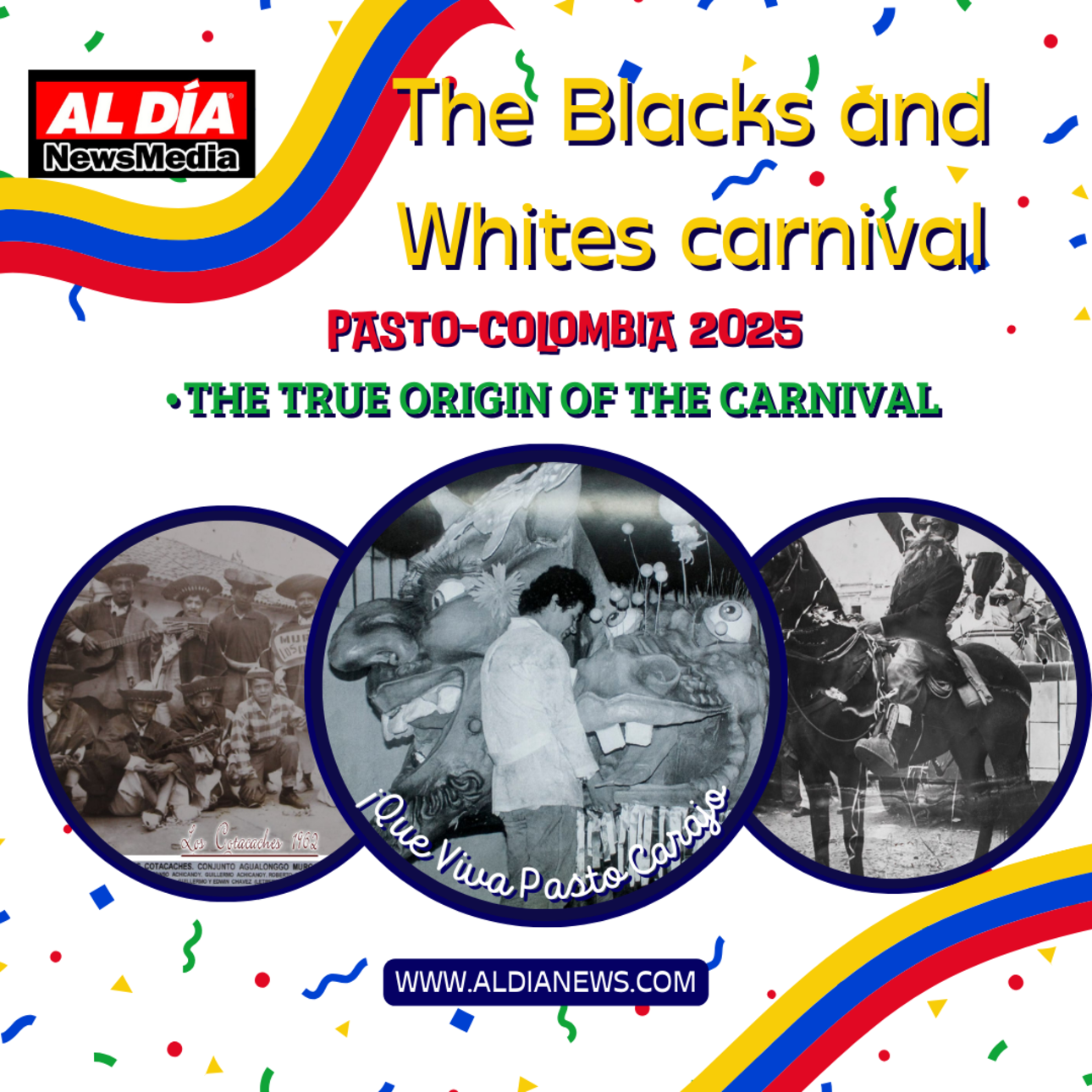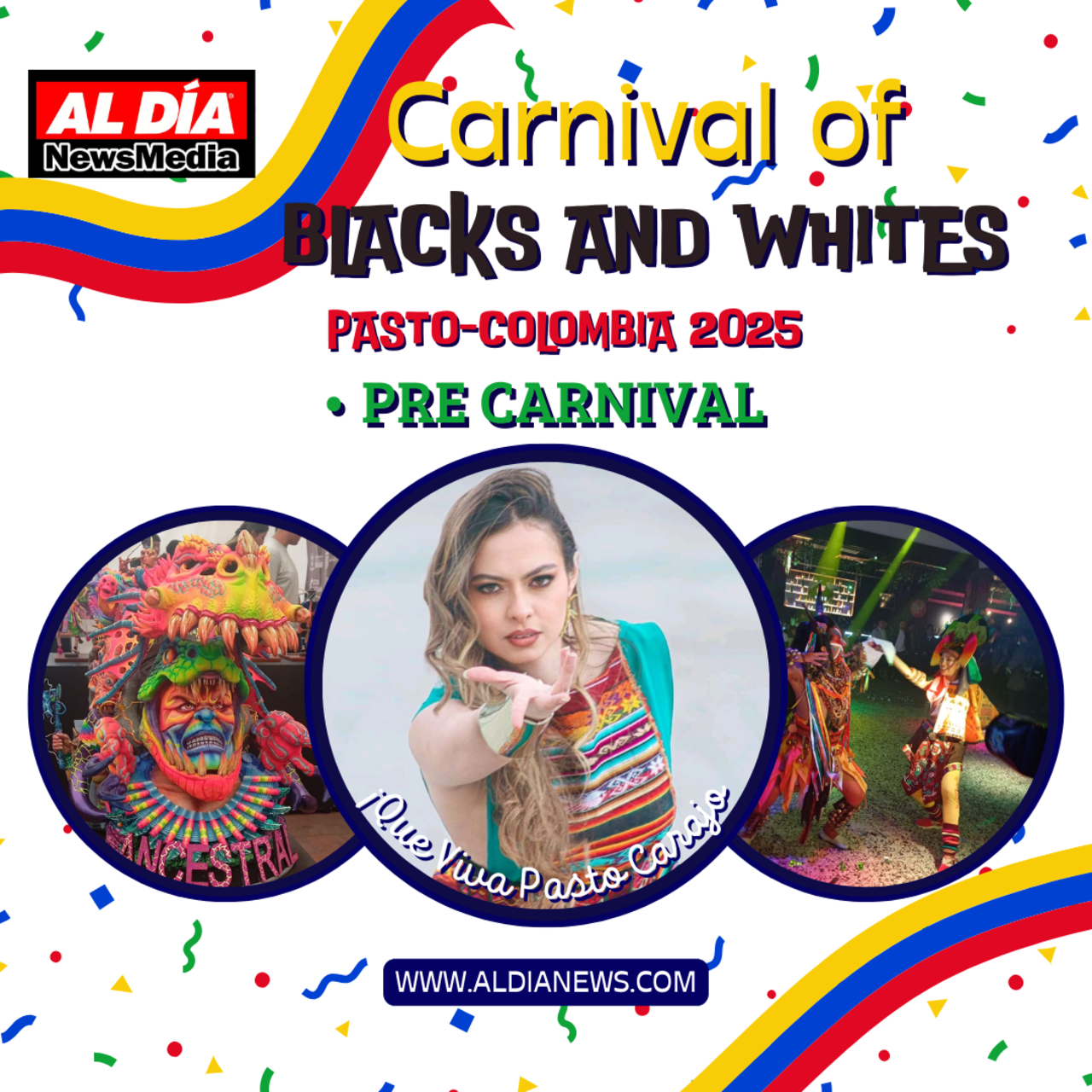
The curious stories of the streets of Cartagena
The streets of the city tell stories from each of their very particular names.
Cartagena is a city full of stories, not only thanks to the battles fought during the independence from the Spanish, but also to the people who have inhabited its streets for centuries.
It is the streets of the Historic Center that bear names in honor of the people or activities that took place during the colony. To this day, it is common to find the Calle de las carretas, famous because all kinds of goods were traded in the old city, and others that recall the legacy of this city.
Calle del Tablón (Board Street), for example, was originally called Calle de Nuestra Señora de los Valles, and later Calle de la Imprenta, because the first printing press in Cartagena was located there, but later it was baptized as Calle del Tablón, because it is said that on days of heavy rain the neighbors used to put a large wooden board on the road so that people could cross from one sidewalk to the other.
RELATED CONTENT
Calle del Candilejo (Candilejo Street) is so called because it is very similar to the street of Seville -Spain- with the same name. In it was made the symbolic representation of the execution of Don Pedro the Cruel, persona non grata in Cartagena, not being able to try him directly.
Where once there was a hall specially designed for theatrical performances, today it is called the Calle del Coliseo (Coliseum Street).
Likewise, thanks to the activities that were practiced at the time, the Calle Estanco del aguardiente (watering hole of the aguardiente street) receives its name because it was the location of a cigarette shop during the colonial regime, when alcohol and tobacco were the privilege of the Spaniards.
Calle de las damas (Ladies Street), originally called Calle de Nuestra Señora de los Ángeles, was so named because in the early 1600s, when the construction of the walls was ready, the governor Anastasio Zejudo informed King Carlos VI, who decided to come to Cartagena to confirm that the work had been worth the cost. The King and his companions arrived unannounced and disguised as women, stayed there and left days later, causing intrigue among the inhabitants, who could not find out the identity of the ladies.
In addition to the streets of the historic center, many neighborhoods in Cartagena are also named after independence heroes such as Blas de Lleo, Antonio Nariño and Olaya Herrera. Others have even been named after important dates in the city such as 'November 11', Independence Day.











LEAVE A COMMENT: